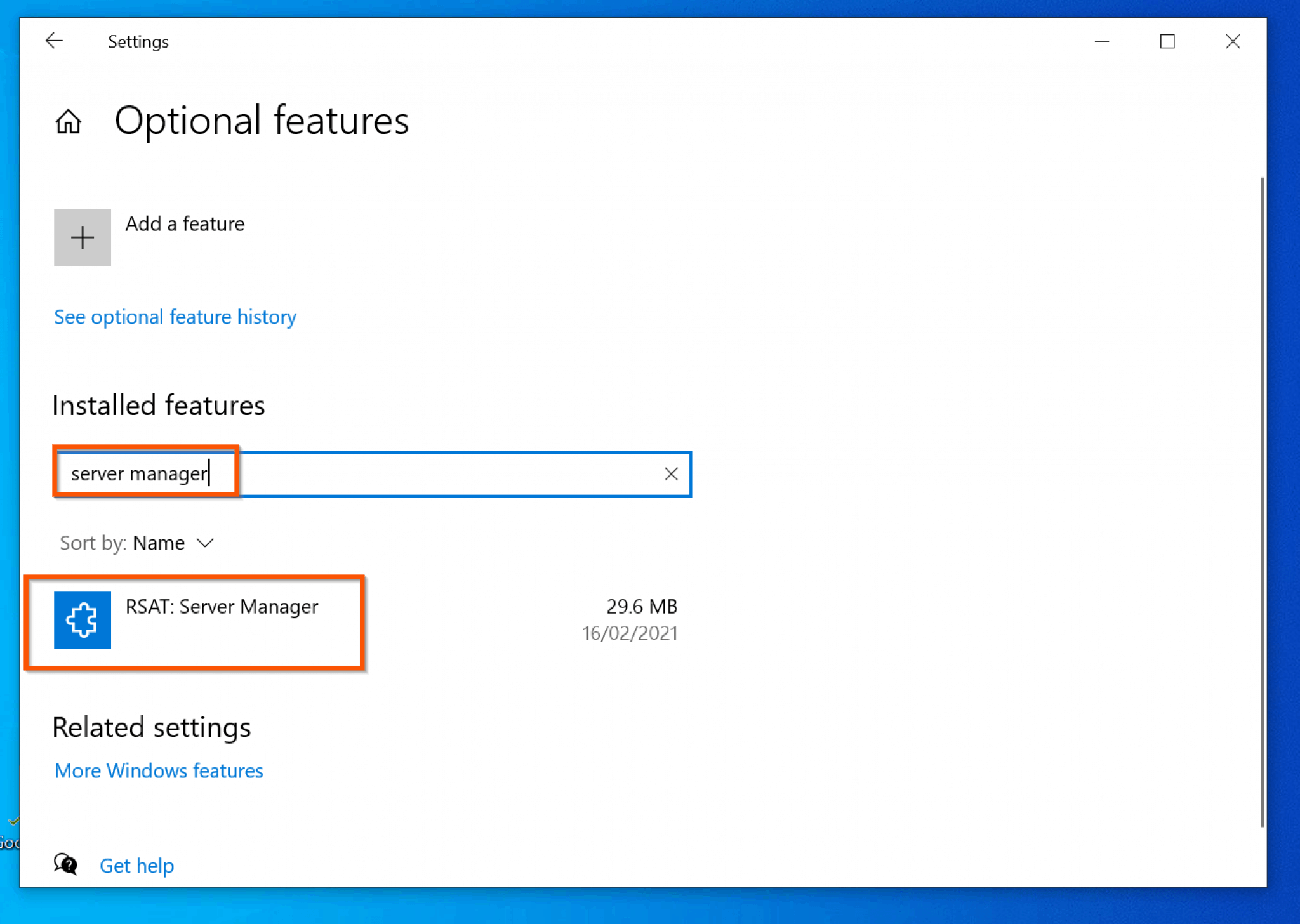

Virtual servers-also known as virtual machines-can help increase efficiency by enabling more to be done with less hardware. While a traditional, physical server is typically a single server running on a single machine, a virtual server can allow multiple servers to be hosted on one piece of hardware. Virtualization is a major trend in today’s server environments.
 Ensure servers continue to meet the needs of an organization as it evolves. Minimize-and hopefully eliminate-server slowdowns and downtime. The primary goals of an effective server management strategy are to: Server management also encompasses the management of hardware, software, security, and backups. Server management is the process of monitoring and maintaining servers to operate at peak performance. How to Choose the Best Server Management Tool. In this guide, I explore how to best manage servers with an understanding of today’s server technology, security concerns, and touch on the importance of having the right server monitoring software to support your efforts. Managing a server, whether in-house or in the cloud, means staying on top of hardware, software, security, and backups. While many businesses have shifted to cloud services using servers located in enormous, distant data centers, a significant number of organizations still have in-house servers or use a hybrid environment of in-house and cloud services to host server data requiring management.
Ensure servers continue to meet the needs of an organization as it evolves. Minimize-and hopefully eliminate-server slowdowns and downtime. The primary goals of an effective server management strategy are to: Server management also encompasses the management of hardware, software, security, and backups. Server management is the process of monitoring and maintaining servers to operate at peak performance. How to Choose the Best Server Management Tool. In this guide, I explore how to best manage servers with an understanding of today’s server technology, security concerns, and touch on the importance of having the right server monitoring software to support your efforts. Managing a server, whether in-house or in the cloud, means staying on top of hardware, software, security, and backups. While many businesses have shifted to cloud services using servers located in enormous, distant data centers, a significant number of organizations still have in-house servers or use a hybrid environment of in-house and cloud services to host server data requiring management. 
Now SCM-Manager should open a second port with https (in the example above 8443).Companies depend on their server infrastructure for most IT functions, including data storage, hosting websites, emails, and applications. You have to tweek this settings to match your setup.Īfter modifying your server-config.xml, you have to restart your SCM-Manager instance. The snipped above assumes your keystore is in the pkcs12 format and is stored at conf/keystore.pkcs12 with the password secret.







 0 kommentar(er)
0 kommentar(er)
